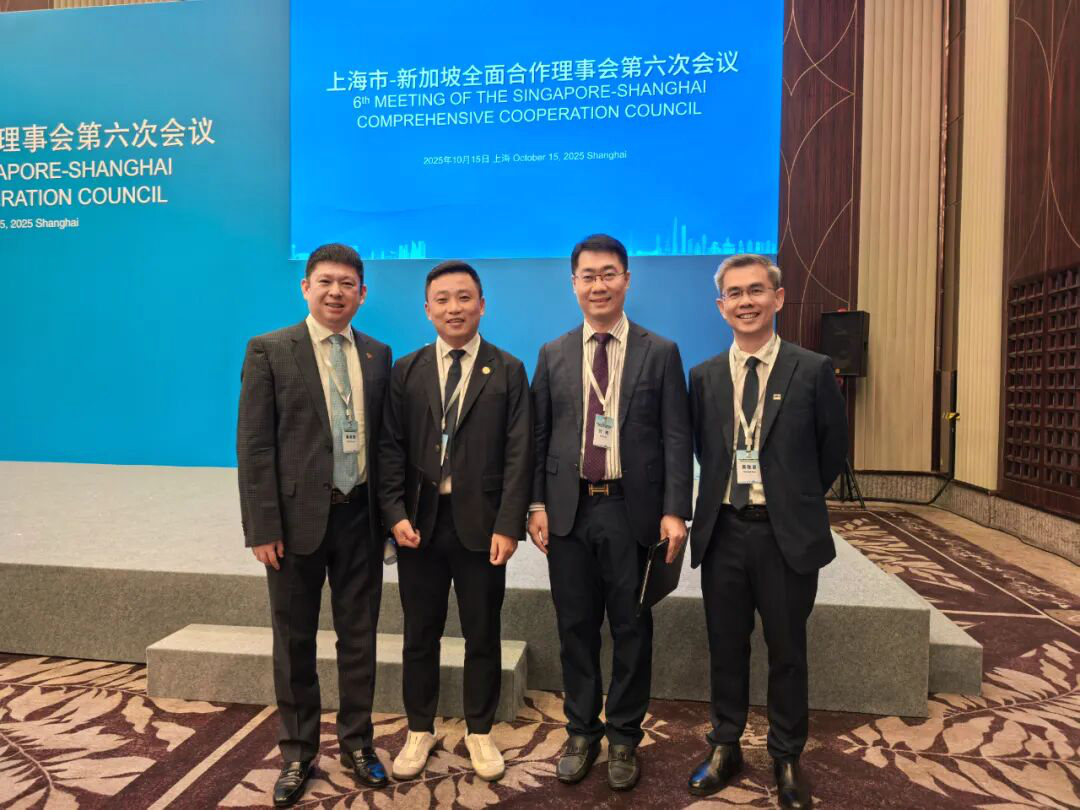As we navigate the complex cybersecurity landscape of 2024, one thing is clear: artificial intelligence is reshaping both offense and defense in the digital realm. At Scantist AI, we're witnessing firsthand how this technological revolution is transforming the industry.
The past year has seen an unprecedented surge in AI-powered cyber attacks. Malicious actors are leveraging advanced language models to craft increasingly sophisticated phishing emails and social engineering schemes. The numbers are staggering: malicious phishing emails rose by 1,265% since late 2022, according to cybersecurity firm SlashNext. This dramatic increase underscores the urgent need for equally advanced defensive capabilities.
However, AI is not just a tool for attackers. It's also becoming the backbone of modern cybersecurity defense. At Scantist AI, we're harnessing the power of machine learning and AI to detect and respond to threats at machine speed. Our AI-driven solutions are enabling security teams to automate routine tasks, analyze vast amounts of data for potential threats, and respond to incidents faster than ever before.
The rise of AI in cybersecurity is also driving a shift in the skills required for security professionals. The modern CISO needs to be as fluent in machine learning algorithms as they are in firewall configurations. This evolution is creating new opportunities and challenges for workforce development in the cybersecurity sector.
Despite the promises of AI, it's crucial to remember that technology alone is not a panacea. As Geoff Belknap, CISO of LinkedIn, aptly put it, "AI-enabled threats have just raised the bar for all of us in needing to increase our security hygiene — there is no silver bullet." At Scantist AI, we strongly echo this sentiment. While our AI-powered tools provide cutting-edge defense capabilities, we always emphasize the importance of basic security practices to our clients.
The regulatory landscape is also evolving rapidly. The SEC's new regulations requiring greater disclosure from CISOs regarding security incidents and risk management are adding another layer of complexity to the CISO's role. This increased scrutiny is likely to drive demand for more robust compliance and risk management solutions.
Looking ahead, we anticipate continued consolidation in the cybersecurity market. Major players are increasingly turning to acquisitions to build comprehensive platforms, a trend that could reshape the competitive landscape. However, we at Scantist AI believe that there will always be room for innovative startups offering best-of-breed solutions to address emerging threats.
As we move into the latter half of 2024, the cybersecurity industry stands at a critical juncture. The threats we face are more sophisticated than ever, but so are our defenses. At Scantist AI, we're committed to staying at the forefront of this technological arms race, leveraging the power of AI to protect our clients in an increasingly complex digital world.
The path forward will require a delicate balance: embracing the power of AI while not losing sight of cybersecurity fundamentals. It will demand continuous innovation, rigorous training, and a commitment to best practices. But with these elements in place, we can build a more secure digital future for all.


.png)

